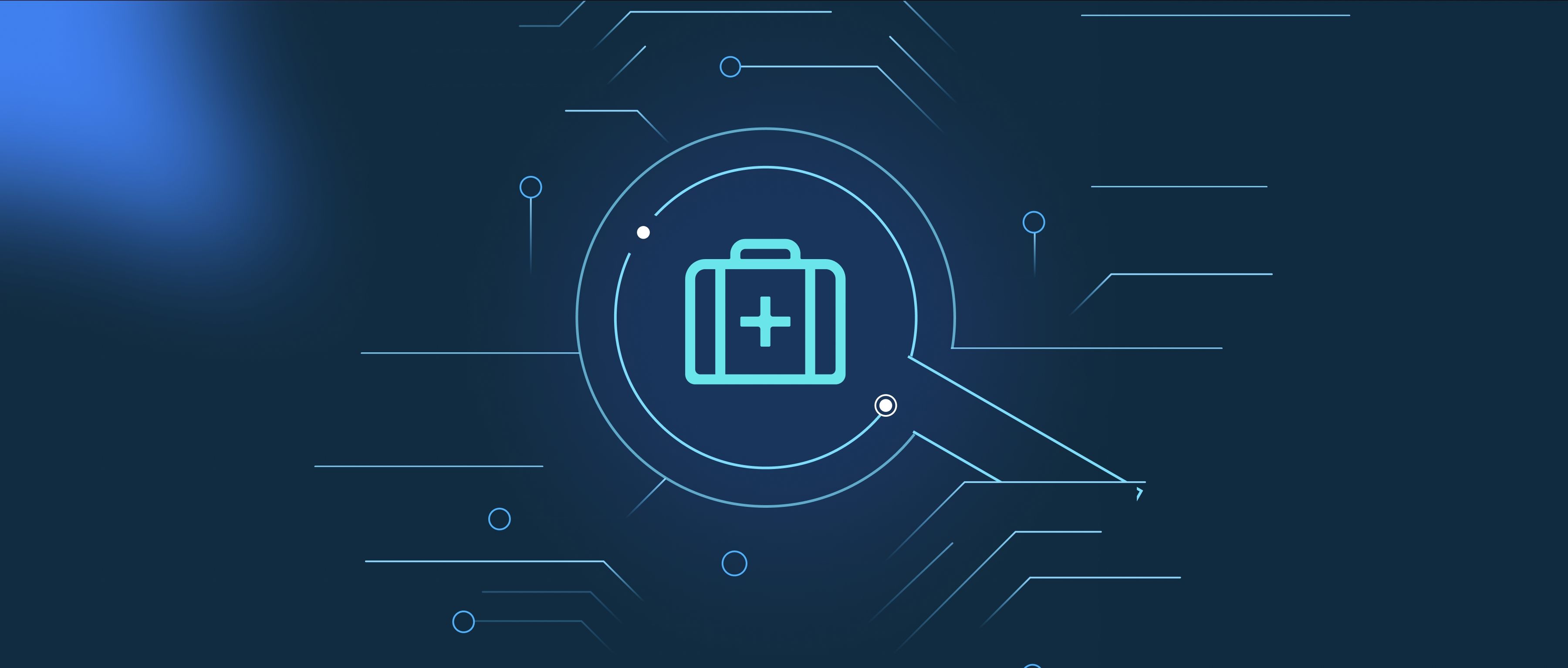DeepResearch's multi-modal capability introduces both time and complexity trade-offs compared to single-modality analysis. By processing text, images, and PDFs simultaneously, the system must handle diverse data formats, each requiring specialized preprocessing and analysis pipelines. For example, extracting text from PDFs involves OCR (Optical Character Recognition) and layout parsing, while image analysis might use convolutional neural networks for object detection. These parallel processing steps extend the overall runtime, especially for documents combining multiple modalities like scanned PDFs with embedded charts and text. However, this latency can be mitigated through distributed computing and optimized model architectures that process modalities concurrently rather than sequentially.
The complexity increases stem from aligning insights across modalities and resolving potential conflicts. A PDF containing contradictory information in its text and charts would require cross-modal verification logic to flag inconsistencies. Similarly, analyzing images with captions requires spatial/textual correlation that adds computational overhead. Developers must also manage error propagation – for instance, an OCR mistake in a PDF table could invalidate downstream numerical analysis. This forces the implementation of validation layers, such as cross-checking extracted numbers against chart visualizations or statistical distributions in the data. While these safeguards improve accuracy, they add branching logic to the processing workflow.
Despite these challenges, multi-modal analysis often produces more comprehensive results. For example, a research paper’s text might describe a chemical process, while its diagrams show molecular structures. Combining both allows DeepResearch to validate claims against visual data, reducing false positives from text-only analysis. The trade-off is that developers must design fallback mechanisms – like prioritizing text analysis when image quality is poor – to maintain acceptable response times. Overall, the system’s value increases through richer insights, but this comes with engineering costs in synchronization, error handling, and resource allocation across heterogeneous data types.
